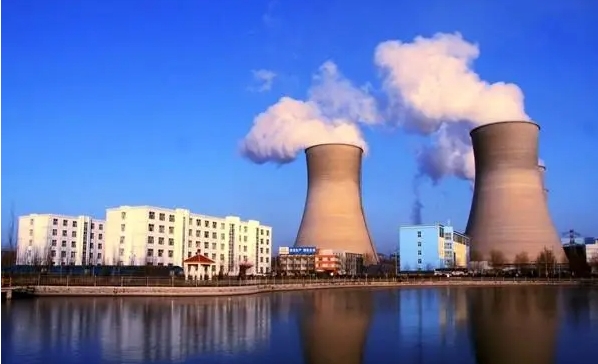The National Development and Reform Commission (NDRC), in a notice published Nov. 10, said the program will commence on Jan. 1, 2024. China continues to expand its coal-fired power generation capacity even as it grows the world’s largest portfolio of renewable energy.
The NDRC in its Friday notice said most of the country’s coal plants should be able to recover about 30% of their capital costs across the next two years thanks to the program. The notice said the payments will come from tariffs paid to coal-fired power generators by operators of the country’s power grids. The money will be collected from commercial and industrial electricity users through a surcharge.
Maintain Coal-Fired Generation
Energy analysts have said Chinese officials want to ensure the financial viability of coal-fired power as it increasingly competes with renewables across the country. Much of China’s economic growth has been tied to having enough power to supply the country’s commercial and industrial sector, and officials have said maintaining a reliable coal-fired fleet will support grid flexibility and stability as more intermittent power sources (such as solar and wind) are added to the grid.
The NDRC notice said the payments will be calculated based on fixed costs of 330 yuan ($45.25) per kilowatt of installed capacity per year for coal plants. The agency said the capacity payment rate will be increased to at least 50% in all regions starting in 2026.
Government data shows that China has added 226 GW of new power generation capacity this year. The country has brought 129 GW of solar power, 33 GW of wind power, and 8 GW of hydropower online in 2023. About 39 GW of new thermal generation, which includes, coal, natural gas, and nuclear, also has been added, according to government figures. The country also utilizes other fuels, including biomass, wave, and tidal power to produce electricity.
More Manufacturing
The International Energy Agency in late October, in the group’s annual “World Energy Outlook,” said its analysis noted “some key uncertainties, notably regarding the pace of China’s economic growth and the possibilities for more rapid solar PV [photovoltaic] deployment opened by a massive planned expansion in manufacturing capacity (led by China).”
Chinese officials have repeatedly said the country needs to expand its coal-fired power generation, at least for another few years, due to the variability of power output from renewables. Officials have cited concerns about drought, which limits hydropower output, along with the intermittent nature of solar and wind power.
A report earlier this year from data organizations Global Energy Monitor and the Centre for Research on Energy and Clean Air (CREA) said China permitted more coal-fired power plants in 2022 than it had since 2015, and permitted four times more units last year than it did in 2021.
The report also said China had six times as many new plants under construction as the rest of the world combined, and on average permitted two new coal-fired power plants each week last year. CREA recently said China currently has 243 GW of coal-fired capacity permitted and under construction.
